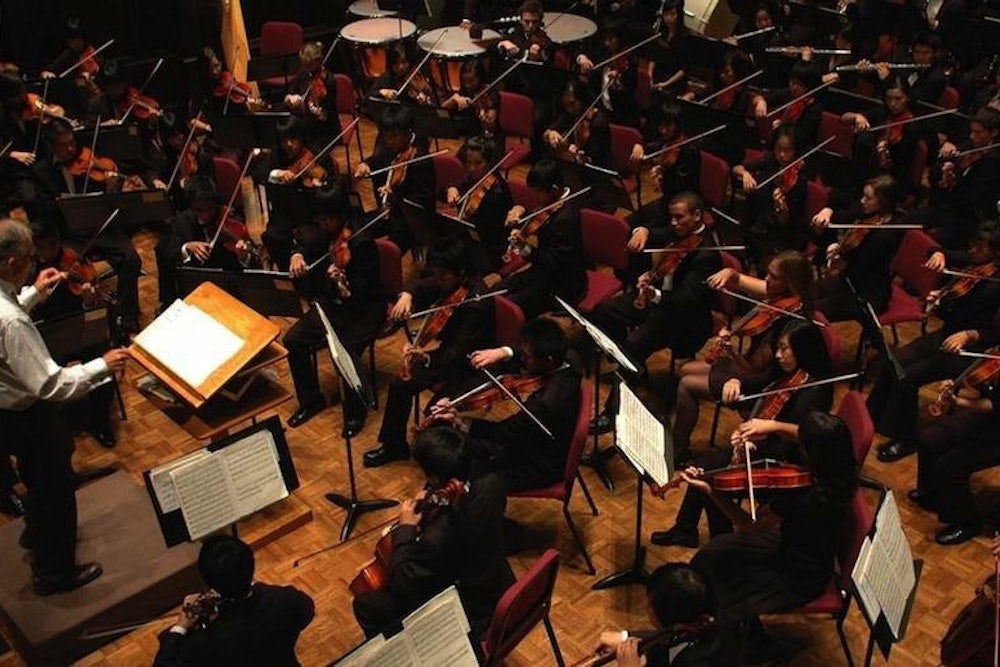Jesse Rosen, President and CEO League of American Orchestras:
Philip Kennicott sounds a false alarm by suggesting that orchestras' efforts to address changing realities of audience patterns, civic and philanthropic priorities, digital technology, and demographics represent an abandonment of artistic quality. I will happily agree that orchestras are re-examining practices in order to reach a broader audience, but am unwilling to concede that, by doing so, the quality of orchestral music is in decline. As nonprofit organizations, the more than 1,800 orchestras in the U.S. have added to their unfaltering commitment to artistic excellence a resolve to broaden audiences and address civic needs. The League of American Orchestras' substantial work in advancing artistic development and organizational health among members confirms that orchestras continue to perform time-honored repertoire while presenting the most challenging works by living composers. Riccardo Muti's commitment to the highest artistic standards seems hardly diminished by his major civic engagement effort in correctional facilities, senior centers, schools, and hospitals with the Chicago Symphony, spearheaded by another artist of unassailable excellence, Yo-Yo Ma. The high performance quality and programming ingenuity of community-based orchestras like the Alabama Symphony Orchestra and Oregon Symphony have been showcased to critical acclaim at Carnegie Hall's Spring for Music Festival. Kennicott's caricature of audiences and U.S. orchestras smacks more of ideology than analysis, and underestimates the capacity of complex orchestral music to engage a diverse array of listeners. The challenges for orchestras, as with most institutions in this century, are serious. I'll place my bets on the wide variety of innovative solutions being advanced by our musical leaders, musicians, and managements.
Philip Kennicott, Art and Architecture Critic of The Washington Post:
I don’t underestimate “the capacity of complex orchestral music to engage a diverse array of listeners.” Complex orchestral music is in fact the only hope of salvation for American orchestras, but first, listeners need to hear it. The problem today is that orchestral programming has become generic, heavily dependent on a small number of widely popular works and celebrity soloists, with little room for new composition, logistically challenging core pieces from the nineteenth- and twentieth-century tradition, and forgotten or neglected symphonic masterpieces from the past. Unfortunately, orchestras have been struggling to reach a wider audience for decades now, and have mostly failed, often because outreach efforts are based on a vitiated musical repertoire rather than the intellectually and emotionally challenging orchestral experience that appeals to serious listeners. When faced with repeated failure, it makes little sense to keep repeating things that don’t work. My analysis isn’t novel, but it has distressingly little currency among orchestra managers: That orchestras are very well suited to playing orchestral music, and not particularly well adapted to being social service organizations.
There are, perhaps, some exceptions, and Mr. Rosen cites the inspiring example of Riccardo Muti and Yo-Yo Ma. More power to them. Would that all American orchestras could afford to hire them. But alas, they can’t, and so must make choices. If they chose to abandon the music that appeals to their core audience of sophisticated listeners, they will have little of value to offer the new audiences they seek.
